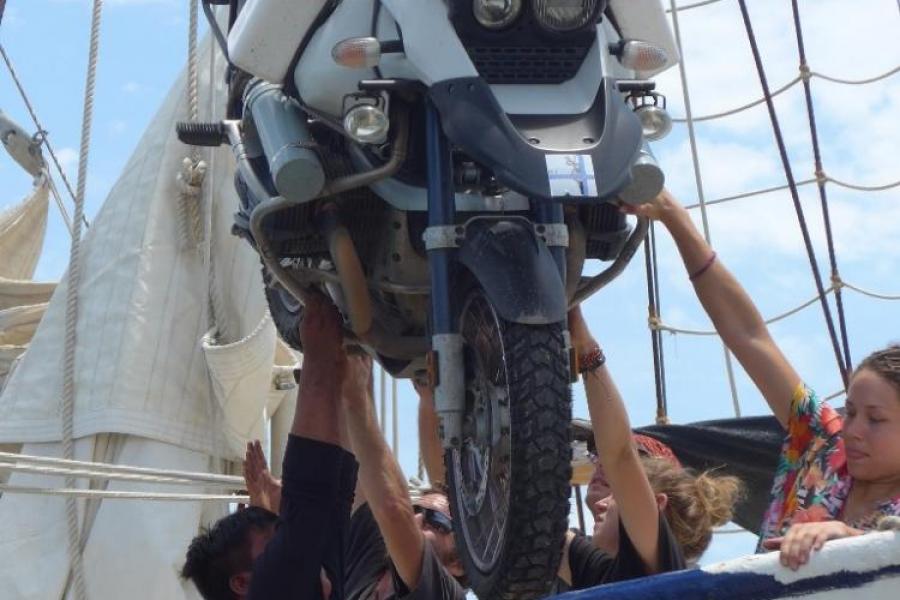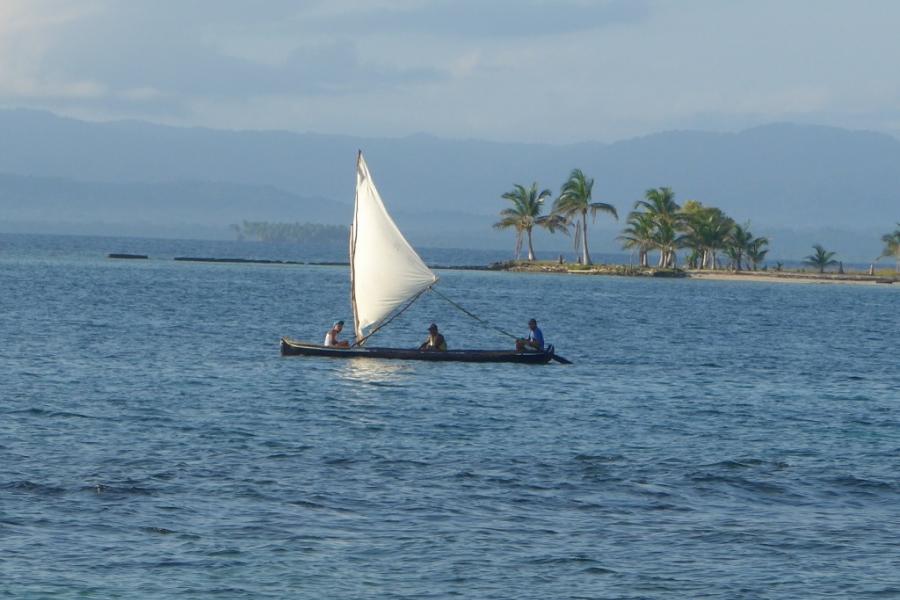The Gap (Originally posted 27 Sep 2016)
Country
There is a road. Sometimes it is called the Pan American Highway, sometimes the Carretera Panamericana and often by a local name. In some places it is a super highway; a wide multi-lane divided road. In others it is long neglected, narrow and pot-holed. People will tell you that the Pan American is one of the great motorcycle journeys and that it links the Americas from Alaska to Patagonia. They are wrong on both counts.
The Pan American is more a grand idea of community and communications than a single road and like many such roads its purpose is practical and commercial. Much of the road is a tedious highway linking gritty commercial towns across the fertile plains. Wherever it can be, the Pan American is flat and straight; a road for nation builders, not for wanderers. Then, of course, there is the gap. The Pan American doesn't link the continents. It stops abruptly in the southern Panamanian Province of Darien, blocked by 160km of mountains, jungle and swamps. This is the Darien Gap. A legendary hole in the imagination of every overland traveller, a relic of the Realpolitik of another time.
By the end of the 19th Century, the French effort to build a canal across the Central American Isthmus had ended in bankruptcy, the death of 20,000 workers from malaria and yellow fever and the disgrace of its famous leader, Ferdinand de Lesseps. The United States, which was already the world's largest economy, was considering purchasing the project's stock and taking over construction but there was a catch. What is today Panama was in 1900 a part of Colombia and the Colombians did not offer the guarantees of sovereignty sought by the North Americans.
A group of Panamanian separatists saw the main chance. They struck a deal with the Americans and declared independence. The American Navy blockaded Colombian ports so that there could be no interference with the ambitions of the nationalists. The US government immediately recognised the new nation and quickly signed a deal gaining sovereignty over the Canal Zone in perpetuity and removing in that stroke any incentive to build a land bridge to Colombia.
So the Gap remains. You can get your motorcycle and yourself across by flying or by sea and neither of these options is straightforward. Sometimes there is a roll-on roll-off ferry operating. Sometimes, like now, it doesn't. Sometimes you can get a good deal on air freight. You can also pack the bike into a container and have it sea freighted. Or, you can put it on a 114 year old German sailing ship called the Stahlratte (Steel Rat) and take a leisurely four days to sail down to Colombia stopping off at deserted Caribbean islands on the way. Hard choice? No... not hard at all!
Our week ended under sail to Cartagena Colombia, packed into the old steel hull of the Stahlratte with the crews of a dozen other motorcycles and a handful of other travellers; an eclectic mix of the fresh and the gnarled from many nations. Life on board is simple and easy. The food is good and there is plenty of cold beer and warm rum. Chores are few and fairly shared.
There are two other husband and wife teams on the bikes. Simon and Monica are fellow Aussies we met years ago at a rally in Queensland. Steve and Janette are Brits whom we first met in 2014 in Yellowstone National Park. We enjoy chatting to others who share our passion and later in our curtained off bunk space, we console ourselves with the thought that we may belong to a tiny club but it has some interesting members we are proud to know.











































